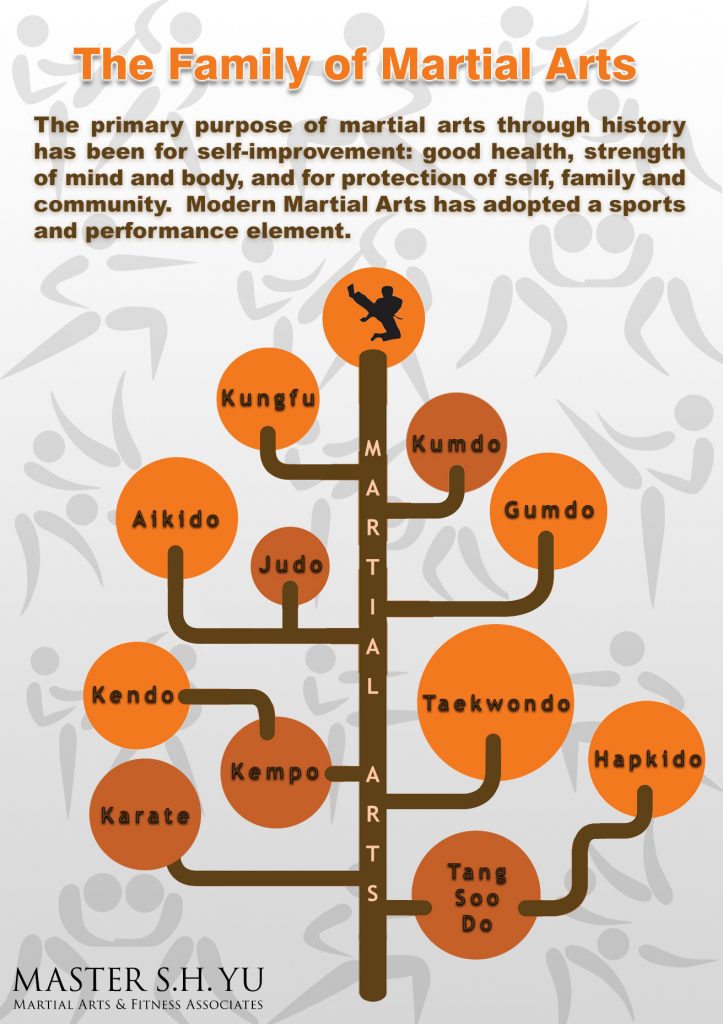The Worldwide History And Improvement Of Martial Arts
The Worldwide History And Improvement Of Martial Arts
Blog Article
Post Writer-Egeberg Fallon
Martial arts have a remarkable background that spans centuries and continents. You might locate it intriguing how old techniques like Shuai Jiao and Kalaripayattu prepared for modern-day battle strategies. These techniques not just emphasize physical abilities but likewise mirror the societies that birthed them. As you explore their evolution, consider how globalization has actually transformed these conventional types into hybrid styles. What impacts do you think have formed today's martial arts landscape?
Ancient Martial arts: The Foundations of Battle
As you explore the globe of old martial arts, you'll discover the rich structures that shaped fight methods throughout societies. Very early techniques focused on Self-Defense and survival, commonly integrating strikes, hurting, and weapons.
In ancient China, as an example, methods like Shuai Jiao stressed tosses and joint locks, while India's Kalaripayattu showcased agility and fluid motion. martial arts for adults beginners developed Kenjutsu, a polished swordsmanship that highlighted self-control and technique.
These martial arts served not just for battle but also as a means of personal advancement, instilling worths like regard and determination. The blending of these techniques gradually prepared for the diverse martial arts you see today, each mirroring the one-of-a-kind approaches and demands of its society.
The Social Influence on Martial Arts Growth
While martial arts usually mirror the practical needs of a culture, they also symbolize the social values and ideas of their beginnings. When you discover various martial arts, you'll discover just how they're affected by faith, viewpoint, and social norms.
For example, the focus on respect and self-control in Japanese martial arts comes from Zen Buddhism and samurai culture. On the other hand, Brazilian Jiu-Jitsu promotes flexibility and technique, shaped by the requirement for effectiveness in a diverse, modern setting.
https://arthuryjsbl.csublogs.com/42741403/the-background-and-approach-of-martial-arts-a-deep-dive could find that the rituals, attires, and training techniques reflect an area's history and identity. By recognizing these social influences, you grow your gratitude of martial arts and their duty in shaping human experiences across the globe.
Modern Adaptations and the Globalization of Martial arts
Martial arts have changed considerably in recent decades, adapting to modern culture and global impacts. You'll see that standard kinds have combined with modern strategies, producing hybrid styles like mixed martial arts. These adjustments accommodate diverse audiences, making martial arts accessible and attractive worldwide.
With the increase of social media and digital systems, you can locate tutorials and competitions from all corners of the world, damaging geographical barriers. This globalization has caused a shared gratitude for numerous techniques, from Brazilian Jiu-Jitsu to Taekwondo.
As you involve with these arts, you'll recognize they're not just about battle; they advertise health and fitness, self-control, and mental well-being.
Eventually, modern-day adjustments have actually improved the martial arts landscape, making it a dynamic and evolving technique.
Conclusion
In discovering the background and development of martial arts, you reveal an interesting blend of methods, cultures, and ideologies. From old disciplines like Shuai Jiao and Kalaripayattu to the modern adaptability seen in MMA, martial arts show humankind's quest for Self-Defense and personal growth. As you involve with these methods, you not just obtain abilities yet likewise a much deeper admiration for the diverse practices that shape our globe today. So, continue your trip and embrace the art of combat!
